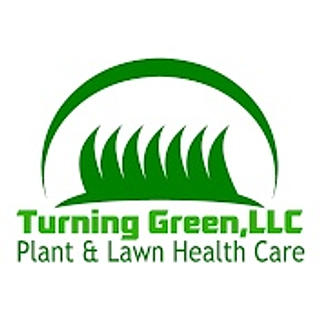- Oscar Melchor
- Sep 16
- 3 min read
Updated: Nov 19
The Benefits of Using Fallen Leaves
Fallen leaves may seem like simple yard waste, but they are actually rich in nutrients. Let's explore the benefits they offer.
Nutrient-Rich Organic Matter
Leaves are packed with carbon, which is vital for healthy soil. When they decompose, they release important nutrients back into the ground, enhancing soil fertility. Research shows that adding organic matter like leaves can increase soil fertility by up to 20% over time. Healthier soil leads to stronger plants and better crop yields.
Natural Mulch
Using fallen leaves as mulch is an effective and eco-friendly solution. A layer of shredded leaves about 3 inches deep can help prevent weeds, retain soil moisture, and maintain a stable temperature. For instance, a study found that gardens with a mulch layer experienced a 30% reduction in water loss during hot months.
Habitat for Wildlife
Leaving some leaves in your garden can provide shelter for beneficial insects and small animals. Research indicates that composted leaf litter supports various species, including butterflies and bees, which play a key role in pollination. Promoting such biodiversity can significantly enhance your garden's ecosystem.

How to Use Fallen Leaves in Your Garden
Understanding the benefits is just the first step. Here’s how to effectively use fallen leaves in your gardening routine.
Shredding Leaves for Better Results
To maximize their effectiveness, shred the leaves before use. Shredded leaves break down more quickly, allowing nutrients to enter the soil faster. A lawn mower can effortlessly chop leaves into smaller pieces, creating a mulch that decomposes in about six to nine months, compared to a year or more for whole leaves.
Creating Leaf Mulch
To create effective leaf mulch, spread a 2- to 4-inch layer of shredded leaves around your plants, avoiding direct contact with plant stems to prevent rot. This simple method can help retain moisture and deter weeds while enriching the soil over time as the leaves decompose.
Composting Fallen Leaves
If you choose to compost, fallen leaves are a fantastic addition. Mix them with "green" materials like kitchen scraps and grass clippings for a balanced compost mix. For optimal results, aim for a carbon-to-nitrogen ratio of about 30:1, where leaves provide the carbon needed to balance the nitrogen from greens. Properly managed compost piles can decompose efficiently, producing rich compost in as little as six weeks.

Using Leaves in Vegetable Gardens
Fallen leaves can be particularly beneficial in vegetable gardens. Here’s how to make the most of them.
Soil Amendment
Integrate shredded leaves into your garden beds before planting to improve soil structure and drainage. Studies have shown that incorporating organic matter like shredded leaves can enhance soil aeration and lead to increased tomato yields by 15% over those grown in typical soil without amendments.
Seasonal Protection
In the fall, cover your vegetable beds with a layer of shredded leaves for protection against winter erosion and temperature changes. When spring arrives, simply turn the leaves into the soil—this has the added benefit of enriching the soil with organic matter ready for planting.
Pest Control
Certain pests dislike leaf litter, providing a natural deterrent. A study revealed that gardens utilizing mulch reduced pest populations by up to 25%. By employing leaves in your garden, you may create an effective barrier against unwanted insects.

Embracing Nature's Bounty
Transforming fallen leaves into garden gold is not only an eco-friendly practice but also a smart choice for enhancing your garden's health and productivity. By utilizing this natural resource, you contribute to a thriving ecosystem that benefits both your plants and the environment.
At Turning Green LLC, we champion sustainable practices and the power of natural materials. Whether you choose to mulch, compost, or improve your vegetable garden with fallen leaves, you are playing a role in creating a healthier planet. So, the next time you're raking leaves, remember that you have a valuable resource in your hands. Embrace the opportunity to transform your fallen leaves into organic matter, and watch your garden flourish!







